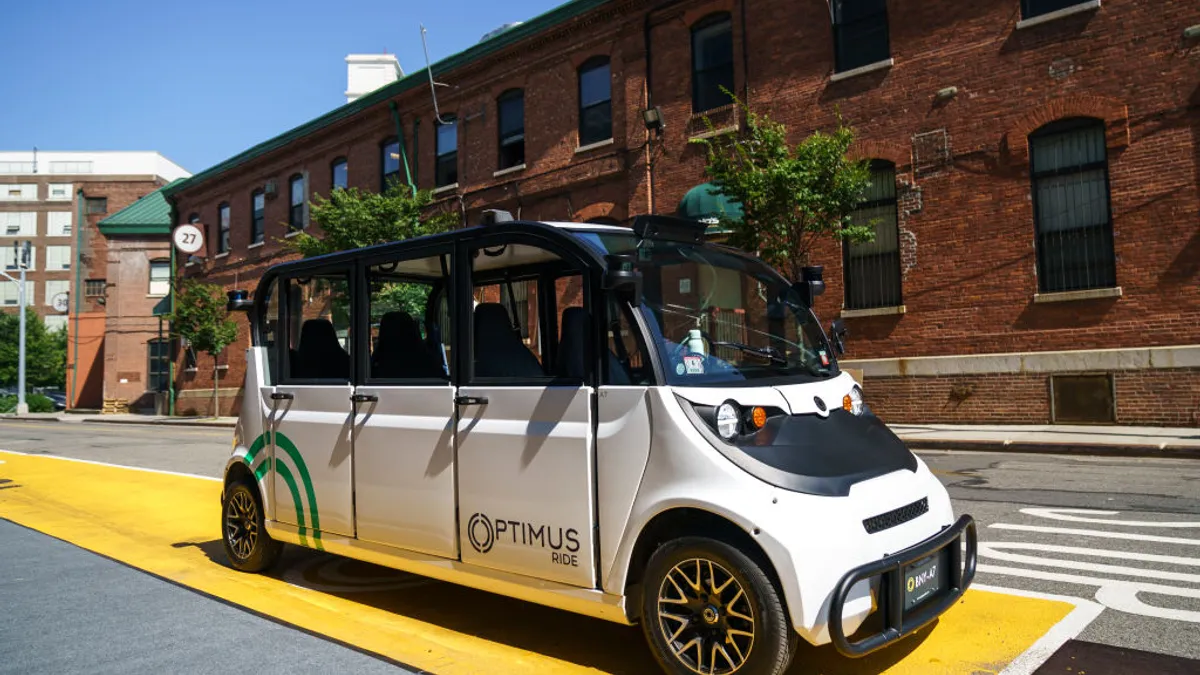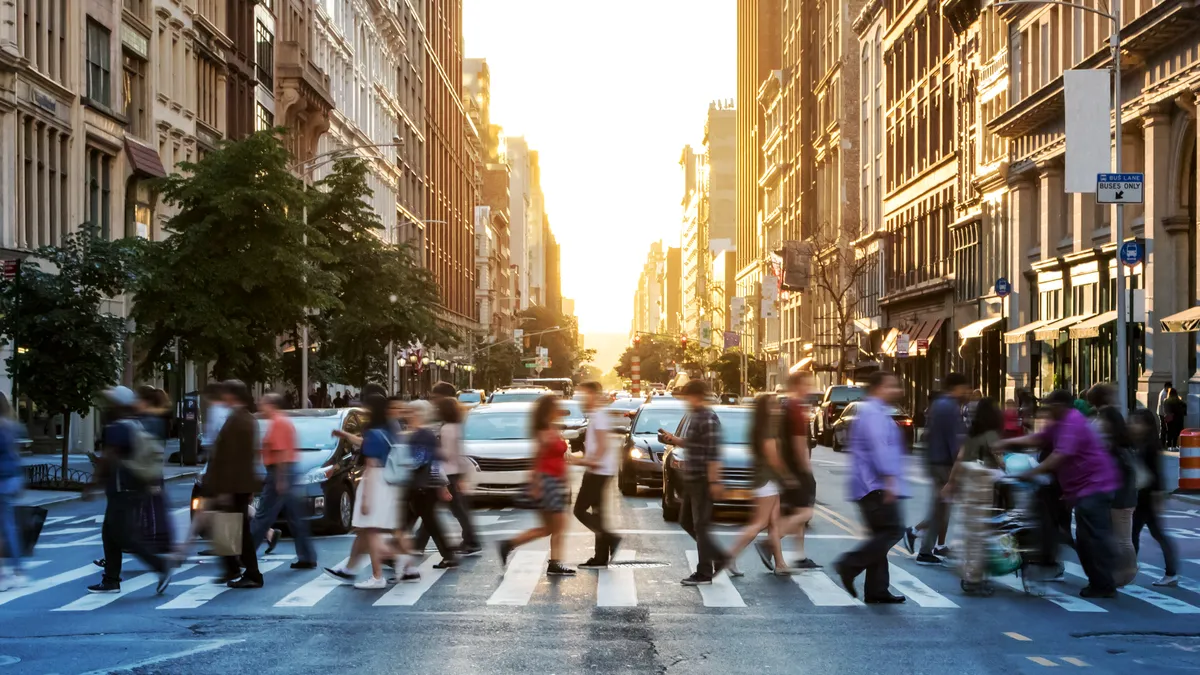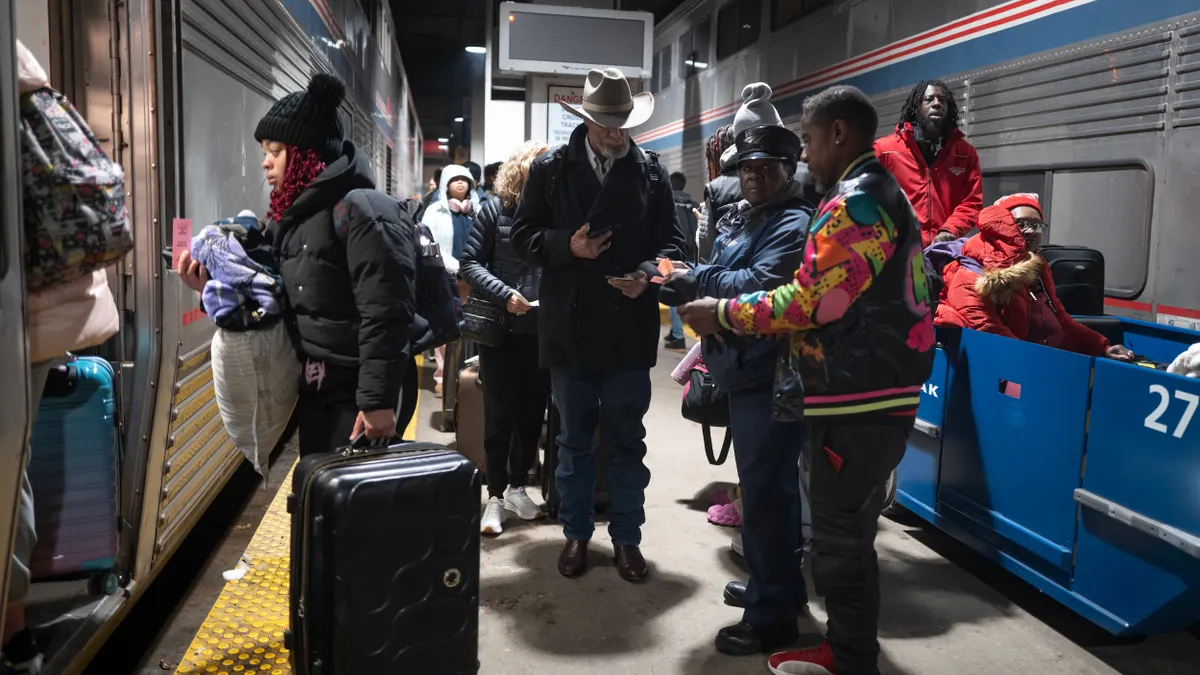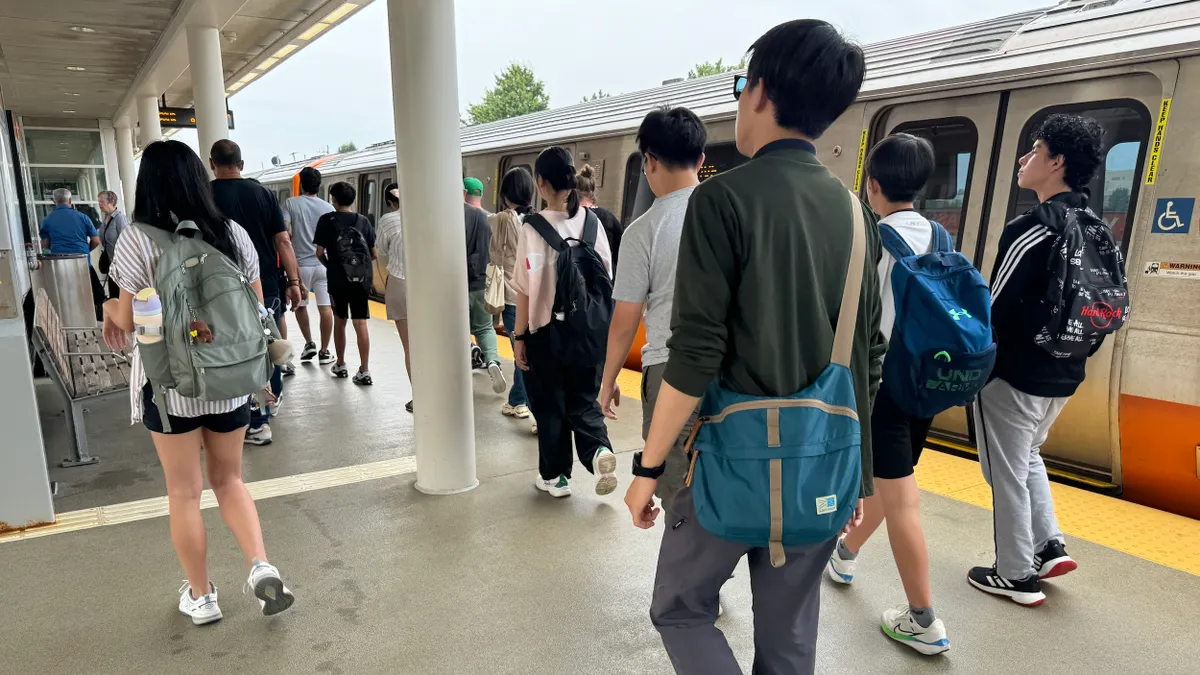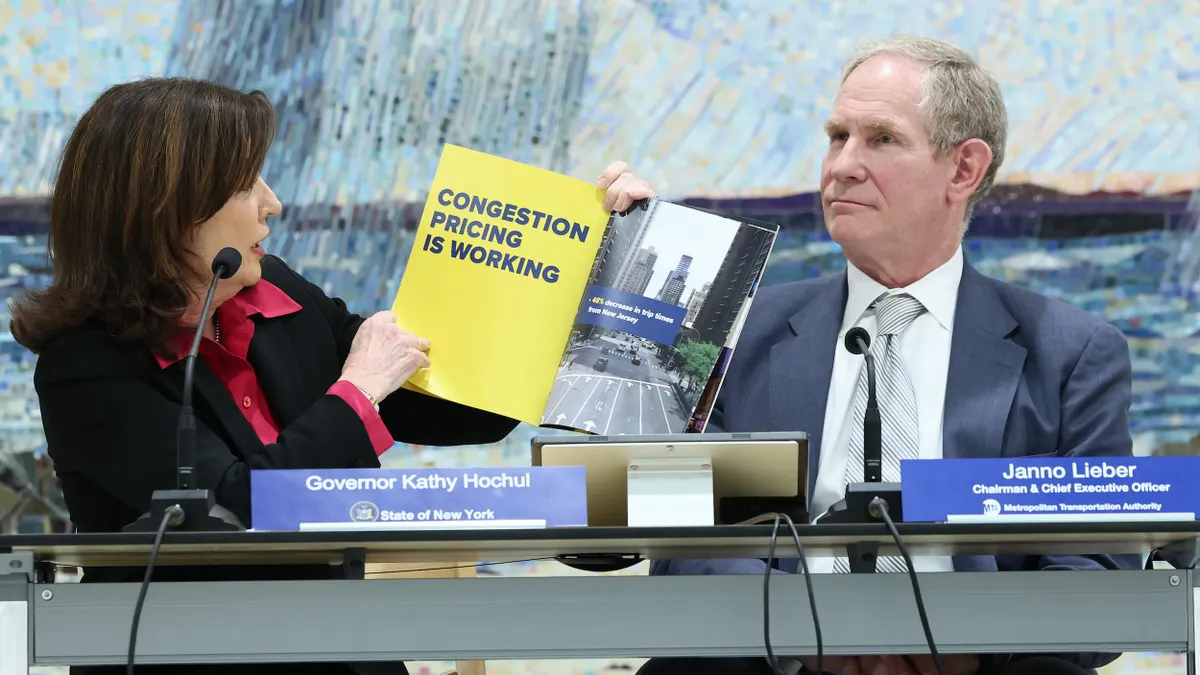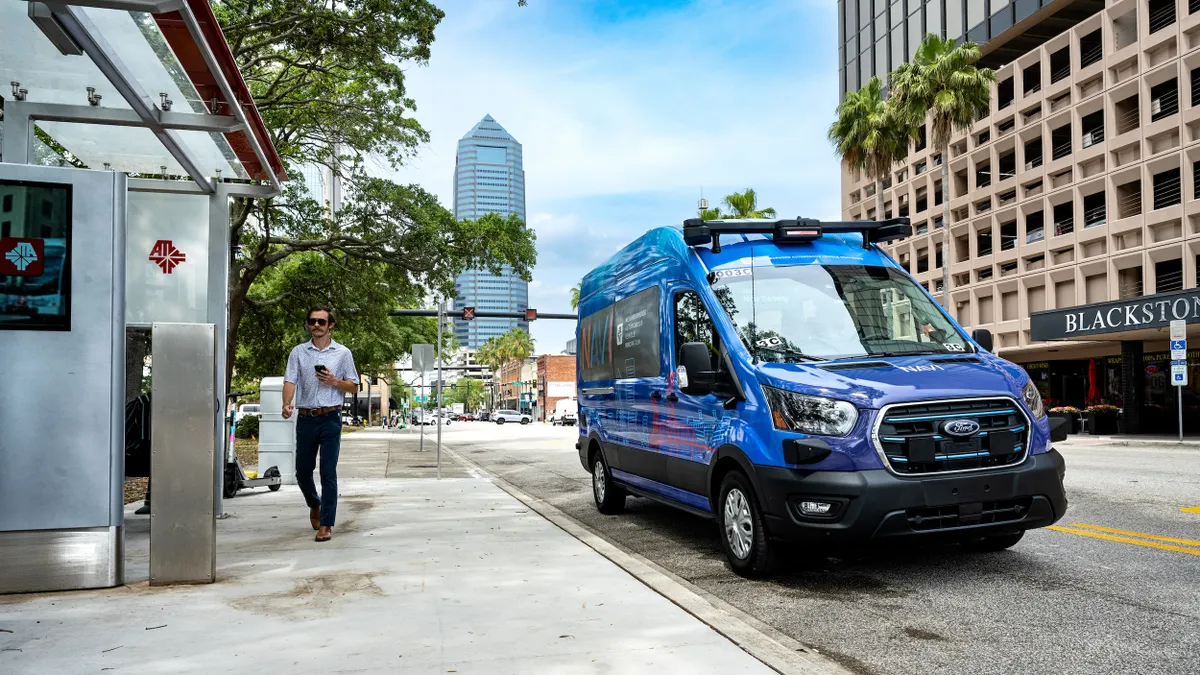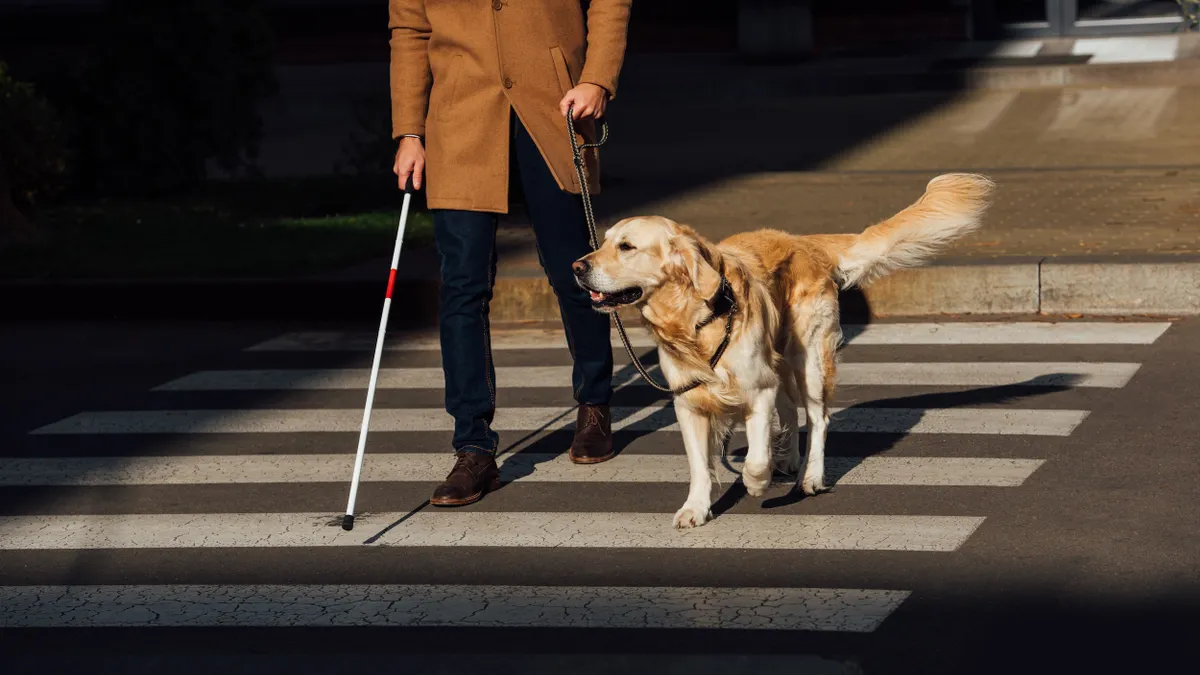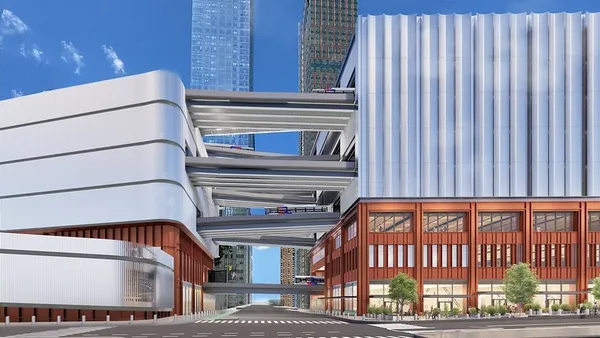Eric Tanenblatt is global chair of public policy and regulation at law firm Dentons, where he founded the firm’s Global AV Policy Practice.
Last year was the year that American cities became small. Almost overnight, New York fractured from a city of 20 million into millions of micro-cities — each household morphing into a schoolhouse, a yoga studio, a mediocre restaurant, and a workplace as quarantine orders took effect.
However, when we shuttered our downtowns, many forgot that the same systemic transportation challenges would be waiting when we returned. America's mobility problems didn't miraculously fade during quarantine, and many have become worse as we've begun reintegrating.
Before the pandemic, there were about 2 billion parking spots across the country, but only about 200 million registered passenger vehicles. The offer of easily accessible parking created a culture in which most U.S. residents elected to commute to work in their car.
The pandemic has challenged this culture. Cities' surface streets were restructured to eliminate parking in favor of outdoor dining and shops. This shift toward more livable urban landscapes creates a chance to rethink our transportation system.
In this happy convergence of new downtown dynamics and the advent of self-driving cars, we have a real opportunity to reimagine the U.S. city for the better. But before analyzing the benefits of autonomous vehicles (AVs) for disadvantaged communities, one must first understand the ways our historical transportation infrastructure has cemented these disparities.
Our current transportation system harms economic mobility by limiting job accessibility and social capital, increasing income segregation.
The late economist John F. Kain originated the Spatial Mismatch Hypothesis, essentially suggesting that there was a ‘mismatch’ between low-income housing and areas with suitable job opportunities. This problem is only exacerbated by housing segregation and suburbanization.
In other words, higher-paying jobs are concentrated in urban hubs, where many workers are priced out. Instead, these workers live on the periphery, sometimes hours away, relying on public transit or long and draining commutes. It begs the question: what about workers who don't have the luxury of a personal vehicle or access to public transit routes?
Geographic sprawl is another major limitation to job accessibility. Many quality jobs are concentrated in zip codes where workers can't afford to live and where they struggle with limited or no mass transit options. Still, some residents are disinclined to correct the issue.
Consider the case of Atlanta, where suburbanites have repeatedly rejected the Metropolitan Atlanta Rapid Transit Authority since the 1960s. This transit system would relieve commuter traffic, but voters have stifled its proposed expansion over fears that robust transit would allow poor people to move, live, and work in suburbs that have historically housed the White and wealthy.
That's why AVs are so attractive. Fleets of these robot cars would grow and modernize lagging mass transit in a way that benefits all communities. Autonomous fleet vehicles would modernize carpooling by allowing multiple drivers to become riders as they travel to similar destinations. Connected AVs would be able to communicate with one another and find the most expedient routes available, while coordinating to relieve traffic and congestion.
Opportunity costs of travel will also be significantly lowered by the introduction of AVs. Not only could travel times themselves decrease due to less traffic and congestion, but riders would also be given back their time by being able to commute directly from their current locations to their proposed destination without the need to drive.
AV options are also advantageous because of their inclusivity. These solutions improve transportation access for those who have limited options. AV fleet vehicles could pick up and drop off at any designated location for commuters who don't have public transportation routes that take them to their exact destination.
Inequities felt by disadvantaged communities will not be solved unless leaders and policymakers make them a priority. AVs can be a tool to bring about transportation efficiency and social equity.
Local, state and federal agencies; transit agencies; and the private sector can take actionable measures to help disadvantaged communities have equitable access to shared and automated services by supporting autonomous technology development and deployment, and designing new transportation systems with equity at the forefront. These stakeholders can mobilize community members in transportation planning, support projects that increase shared mobility, become advocates on the benefits of automatic transportation, and back shared mobility investments.
With support for AVs and intentional designs for equity and inclusivity, we can take advantage of "return to normal" and build a better transportation system for everyone.
Clarification: Smart Cities Dive removed a paragraph that cited the National Association of City Transportation Officials' (NACTO) position on AVs. A NACTO representative said the excerpt did not accurately represent its position.
Contributed pieces do not reflect an editorial position by Smart Cities Dive.
Do you have an opinion on a similar issue or another topic Smart Cities Dive is covering? Submit an op-ed.


